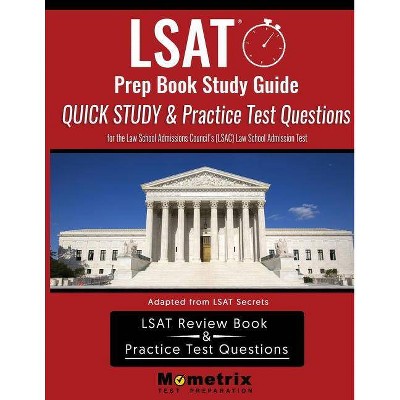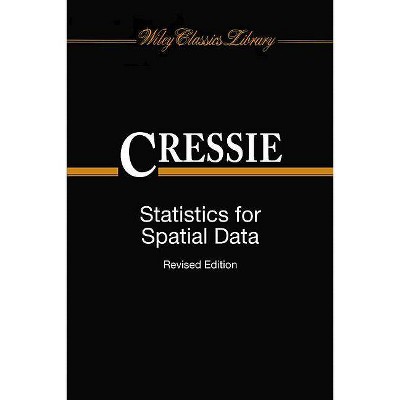Introduction to Financial Forecasting in Investment Analysis - by John B Guerard Jr (Paperback)

Similar Products
Products of same category from the store
AllProduct info
<p/><br></br><p><b> About the Book </b></p></br></br>With an emphasis on 'earnings per share' this data-oriented book covers financial forecasting, understanding financial data, strategies such as share buybacks and R&D spending, creating efficient portfolios and hedging stock holdings with financial futures.<p/><br></br><p><b> Book Synopsis </b></p></br></br>Chapter 1: Why do we forecast?.- Chapter 2: Regression Analysis and Forecasting Models.- Chapter 3: An Introduction to Time Series Modeling and Forecasting.- Chapter 4: Regression Analysis and Multicollinearity: Two Case Studies.- Chapter 5: Multiple Time Series Analysis and Causality Testing.- Chapter 6: A Case Study of Portfolio Construction using the USER Data and the Barra Aegis System.- Chapter 7: More Efficient Portfolios Featuring the USER Data and an Extension to Global Data and Investment Universes.- Chapter 8: Forecasting World Stock Returns and Improved Asset Allocation.- Chapter 9: Summary and Conclusions.<p/><br></br><p><b> From the Back Cover </b></p></br></br><p>Forecasting--the art and science of predicting future outcomes--has become a crucial skill in business and economic analysis. This volume introduces the reader to the tools, methods, and techniques of forecasting, specifically as they apply to financial and investing decisions. With an emphasis on "earnings per share" (eps), the author presents a data-oriented text on financial forecasting, understanding financial data, assessing firm financial strategies (such as share buybacks and R&D spending), creating efficient portfolios, and hedging stock portfolios with financial futures. The opening chapters explain how to understand economic fluctuations and how the stock market leads the general economic trend; introduce the concept of portfolio construction and how movements in the economy influence stock price movements; and introduce the reader to the forecasting process, including exponential smoothing and time series model estimations. Subsequent chapters examine the composite index of leading economic indicators (LEI); review financial statement analysis and mean-variance efficient portfolios; and assess the effectiveness of analysts' earnings forecasts. Using data from such firms as Intel, General Electric, and Hitachi, Guerard demonstrates how forecasting tools can be applied to understand the business cycle, evaluate market risk, and demonstrate the impact of global stock selection modeling and portfolio construction.</p><p/><br></br><p><b> Review Quotes </b></p></br></br><br><p>From the reviews: </p><p></p>"This book is designed as a concise introduction to forecasting methods useful in investment analysis. ... The structure of the book is clear and logical. Each chapter ends with a summary and list of relevant references. The huge number of practical cases makes the book particularly useful for beginners in the field, allowing them to get deeper knowledge about the presented tools. The book is designed for students and scholars interested in the area as well as investment practitioners." (Malgorzata Doman, zbMATH, Vol. 1279, 2014)<br><p/><br></br><p><b> About the Author </b></p></br></br><p>John B. Guerard, Jr., is Director of Quantitative Research at McKinley Capital Management, Inc., in Anchorage, Alaska, specializing in quantitative models for stock selection and portfolio construction. For twenty years, he has served as a financial analyst, consultant, and executive, in such organizations as Drexel Burnham Lambert, Inc., Daiwa Securities Trust Co., Vantage Global Advisors, and Bryn Mawr Capital Management, Inc. He has taught courses in finance and investment at Rutgers University, New York University, and Lehigh University, among others, and has published in such journals as <i>International Journal of Forecasting, Research in Finance</i>, and <i>Management Science</i>. He is author or co-author of <i>Handbook of Financial Decision Making</i> (Probus Publishing Company, 1989), <i>Forecasting Sales</i> (JAI Press, 1994), <i>Corporate Financial Policy and R&D Management</i> (Wiley, 2005), <i>Quantitative Corporate Finance</i> (Springer, 2007), and editor of <i>The Handbook of Portfolio Construction</i> (Springer, 2009).</p>
Price History
Price Archive shows prices from various stores, lets you see history and find the cheapest. There is no actual sale on the website. For all support, inquiry and suggestion messages communication@pricearchive.us




















